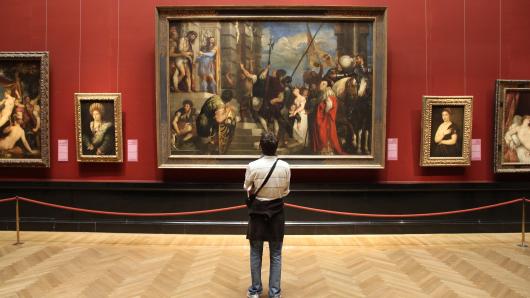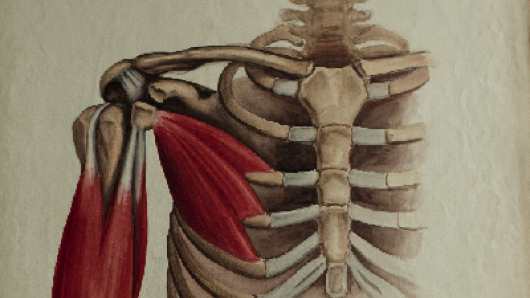Course description
Antibiotics were discovered in the early part of the twentieth century and they are considered to be one of the most significant developments in medicine. Antibiotics in clinical use are a relatively small number of chemical compounds, often produced by microorganisms found in nature, and account for not only saving millions of lives and curing countless diseases, but also playing a significant role in raising the living standard in impoverished populations and contributing to the political and social stability of nations. Yet in the twenty-first century, the benefits of this medical miracle are threatened by the rise of antibiotic resistance in almost all pathogenic bacteria that were previously sensitive to particular antibiotics. The first part of the course follows the historical path of antibiotic discovery, elucidation of their mechanism of action, and the ways antibiotic resistance has evolved. In the second part of the course, we consider modern strategies taken by academic and industrial scientists to combat the antibiotic resistance crisis and review current trends in the development of new antibacterial agents. This section of the course also considers the social implications of antibiotic use and antibiotic stewardship. Finally, we conclude with a brief survey of several alternative strategies for treating infections and modulating host defense mechanisms.





